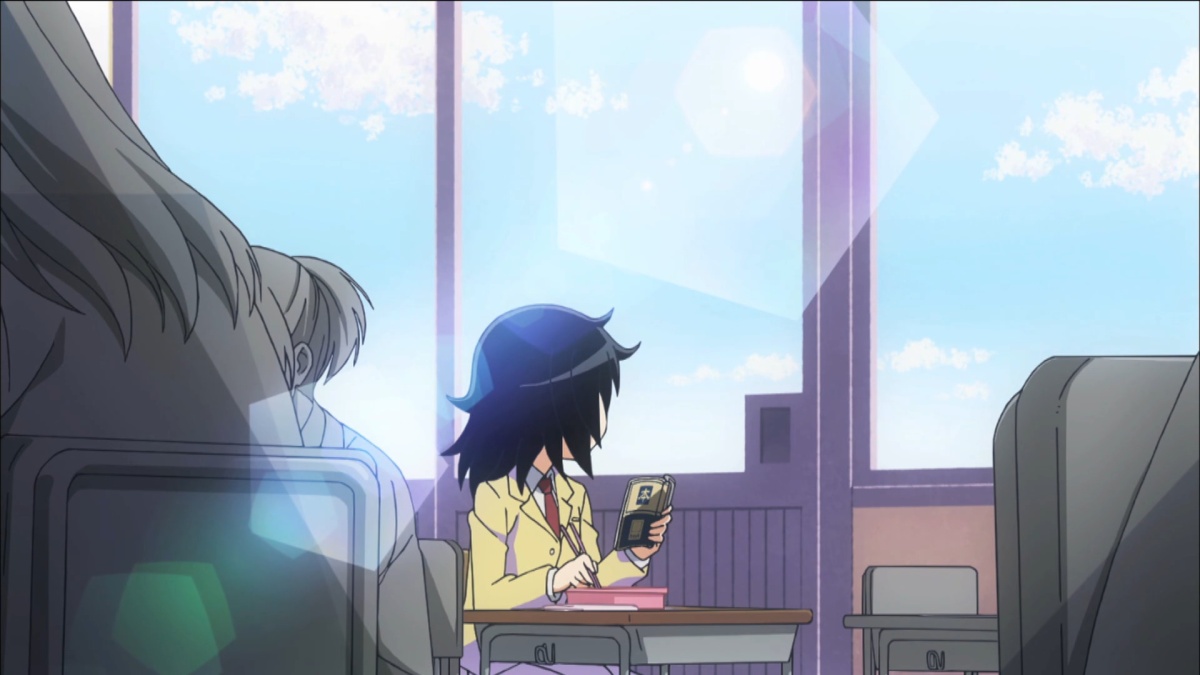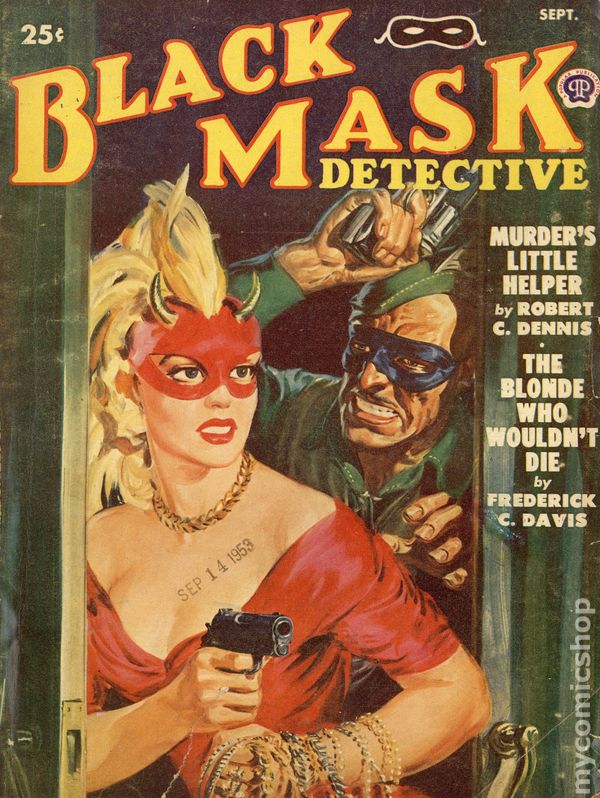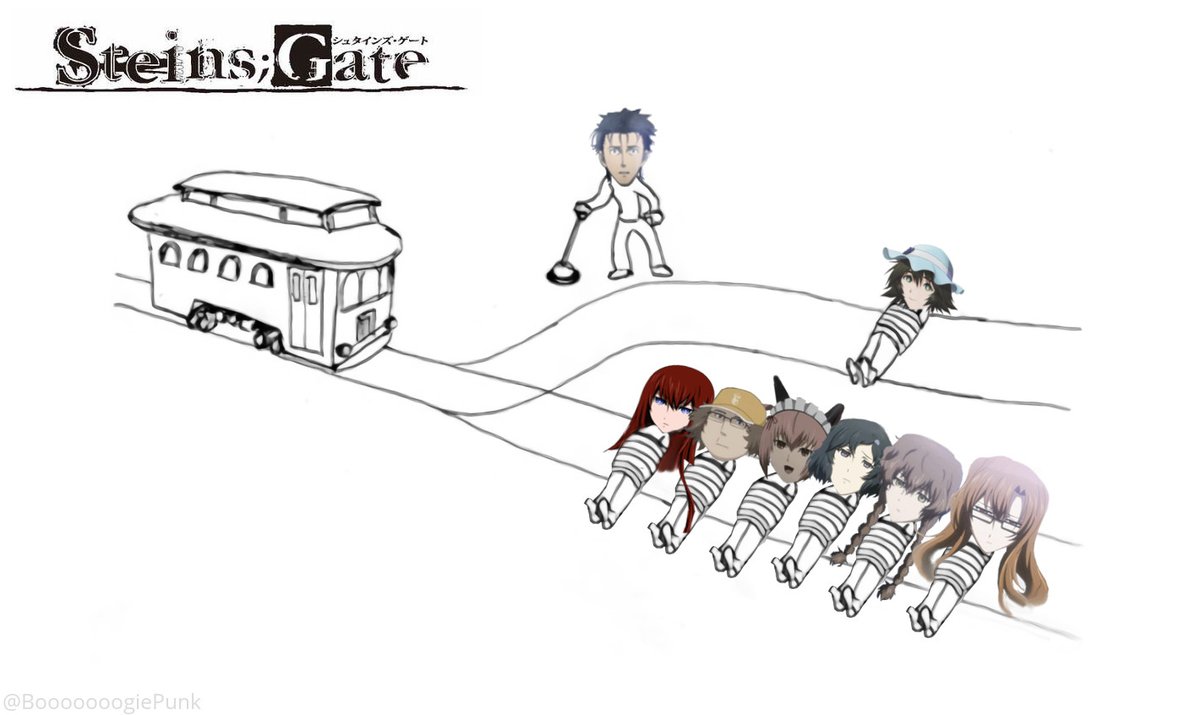Buggy and Chris are joined by Sakaki, AKA Kiriibon, AKA Bomber D. Ruffy to peel back the curtain on the world of scanlation, from the process of putting a scanlation together to the positive and negative impacts scanlation has had on the manga industry. Continue reading “Third Seat by the Window Episode 8 – Scanlation Nation”
Tag: anime
Third Seat Special 5 – A Very Akamatsu Christmas (Warui Deshou Crossover)
It’s a Very Akamatsu Christmas as Third Seat by the Window and Warui Deshou join forces to take on two Ken Akamatsu “beloved” Christmas “classics,” as well as play a few party games.
Download (right click, save link as) |Time: 2:56:41 | Third Seat on iTunes | Warui Deshou on iTunes
DaLadybugProductions Correspondence
DaLadybugProductions’ Website | DaLadybugProductions’ Twitter
Buggy’s Twitter
Chris’s Twitter
Warui Deshou Correspondence
Warui Deshou’s Website | Warui Deshou’s Twitter
TheSubtleDoctor’s Twitter
Shadon’s Twitter
Vorgelia’s Twitter
Third Seat Special 4 – 2017 Retrospective
Buggy and Chris recap the most notable anime (and video games) of 2017. Continue reading “Third Seat Special 4 – 2017 Retrospective”
The “Baccano” of Pulp Fiction: Omake
This was my original first chapter for “The ‘Baccano’ of Pulp Fiction,” detailing how both Baccano! and Pulp Fiction are descendants of pulp magazines. I’m pleased with how a lot of it turned out, but I ultimately made the decision to cut it for two reasons. The first is that I’m not an expert on either pulp magazines or the light novel industry as a whole, and most of the comparisons I made are generalizations pulled from Wikipedia research. I would’ve needed to put in more detailed research to reach a point where I was fully happy with the section. Of course, that would’ve taken more time than I was dedicated to giving it, considering the second and more important reason I pulled it: it just doesn’t quite fit in with the rest of the piece thematically
The original idea was to compare the works of Quentin Tarantino and Ryohgo Narita as a whole, but I found that focusing on Baccano! and Pulp Fiction worked best as the two works had thematic and structural parallels rather than just stylistic ones. In digging into those works more deeply, I discovered just how much both works owed to the legacy of pulp magazines and included a segment in the main post about it. However, as the post ultimately focuses on the idea of chaos and coincidence present in the works, it ultimately just ended up being a tangent that distracted from the overall thesis.
So I’m presenting it here instead. The segment itself is still a bit unpolished (again, one of the reasons I cut it), but I was really happy with how a lot of it turned out, especially with the image I managed to find. Black Mask was the crime pulp that Pulp Fiction was almost named for, and I managed to find a cover that is at least close enough to Pulp Fiction‘s poster to evoke recognition, but that includes costumed criminals and a story about someone who “wouldn’t die.” Ha! They managed two unintentional Baccano! references on one cover!
Anyway, here’s the original “Chapter 1” of “The ‘Baccano‘ of Pulp Fiction.” I hope you enjoy it! Continue reading “The “Baccano” of Pulp Fiction: Omake”
The “Baccano” of Pulp Fiction

“Hey, Isaac?”
“What’s that, Miria my dear?”
“What do you suppose they call the Quarter Pounder with Cheese in Paris?”
“Hmm…well, Miria, I believe they’d call it a Royale with Cheese!”
“Wow! Is that because of the metric system?”
“That’s exactly right, Miria! Because of the metric system!”
“Baccano” is an Italian word translating roughly to “raucous noise” or “crazy ruckus.” It implies loud chaos and confusion, and that’s exactly the sort of story delivered in Ryohgo Narita’s series of light novels titled Baccano!, as well as in the anime of the same name. However, it’s also the type of story delivered by Quentin Tarantino’s 1994 film Pulp Fiction. Continue reading “The “Baccano” of Pulp Fiction”
Steins;Gate and the Trolley Problem
Note: this post contains heavy spoilers for the original Steins;Gate anime.
If you had the power to change the natural course of things for the better, would you do it?
What if, even if the changes were a net positive, they ended up hurting someone?
This is the question posed by the Steins;Gate anime, and ultimately by the trolley problem, a thought experiment in the field of ethics. In the trolley problem, five people are tied to the tracks of a runaway trolley. You stand at a lever that, if pulled, will divert the trolley to another track, saving the five captives. However, there is a single person tied to that track. The problem asks people whether or not they would do nothing and let the five people die, or whether they would pull the lever, killing the one person.

On paper, it’s easy to approach the problem from a purely utilitarian standpoint (cue the sounds of Gen Urobuchi breathing heavily), i.e., the correct choice is the one that results in fewer people dying. However, the model can be tweaked to amplify the moral ambiguity of the choice. One popular variant is the “fat man” variant, where instead of pulling a lever, you choose whether or not to push a fat uninvolved bystander onto the track to slow the trolley. Or the “fat villain” variant, where the fat man is not an innocent bystander but the man who tied the people to the track in the first place. However, they all ultimately ask the same question: is saving five lives worth taking one life? While these variations ultimately make the choice easier or more difficult by adding context, it simply emphasizes that ethical choices like this one aren’t always as simple as black-and-white as they seem. Continue reading “Steins;Gate and the Trolley Problem”
Getting Along with Hopelessness: The Existential Joy of Girls’ Last Tour
Part 1: Zetsubou~, Zetsubou~, Zetsubou~
…So there was no hope after all. All those years, toiling away alone…. But well, now that I’ve failed…I feel so relaxed.
~Ishii, Chapter 16

Shoujo Shuumatsu Ryouko, localized as Girls’ Last Tour, is a series by Tsukumizu that focuses on Chito and Yuuri, two girls driving around a post-apocalyptic world in a Kettenkrad, continuously moving, scavenging for food, shelter, and fuel wherever they can find it. It’s a Sisyphean existence where nothing is gained or accomplished past being replenishing their reserves to keep moving. They have no purpose beyond continuing their own existence.
Most stories set in a post-apocalyptic, posthuman world would focus on the existential despair and dread of being alone in the world, without purpose, and constantly confronted with mortality. However, when Girls’ Last Tour delves into these ideas, it does so in a way that I can only describe as “existential joy.” Continue reading “Getting Along with Hopelessness: The Existential Joy of Girls’ Last Tour”
Juni Taisen, Battle Royales, and Survivor Edgic
Juni Taisen is, in my opinion, about the worst possible way you can write a battle royale storyline. It’s entirely predictable, and while many battle royales are, that’s because they usually have a clear protagonist, unlike the ensemble cast that Juni Taisen has. And yet, in spite of this very complaint, I actually find Juni Taisen incredibly interesting. Continue reading “Juni Taisen, Battle Royales, and Survivor Edgic”
Spiral Radio Episode 2 – Death Note
“How did you get into anime?” This is a question anime fans love asking each other, and in this episode, Andrew “Buggy” Koerner shares his story of getting into anime through Death Note, as well as searching for why its once-insane popularity seems to have waned so drastically. Continue reading “Spiral Radio Episode 2 – Death Note”
Third Seat Special 3 – Monogatari Interview with Josh Dunham
Almost a year and a half ago, I had my first conversation with Josh Dunham, which I used as material in the first episode of Spiral Radio. It was heavily pared down and I didn’t want the conversation to just go unheard, so I’m releasing the unedited audio for all to listen to. Continue reading “Third Seat Special 3 – Monogatari Interview with Josh Dunham”







